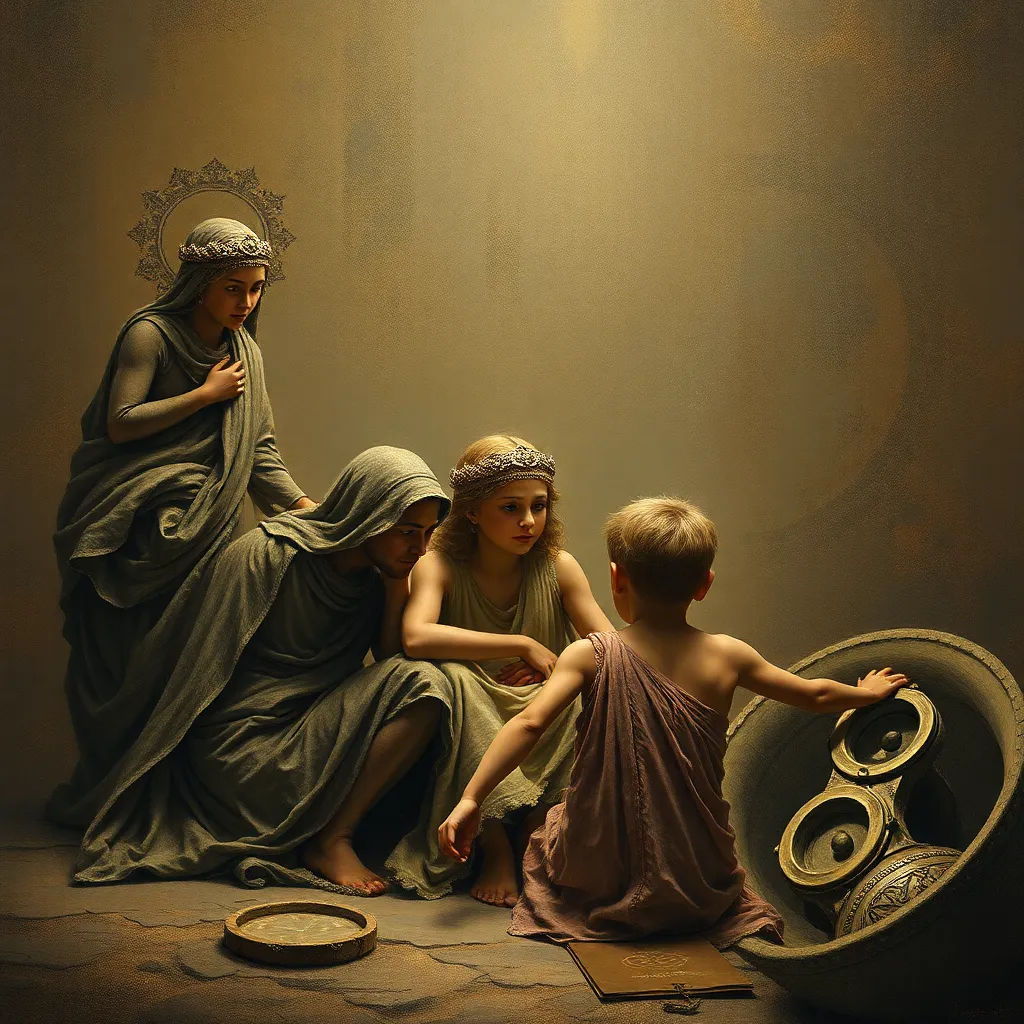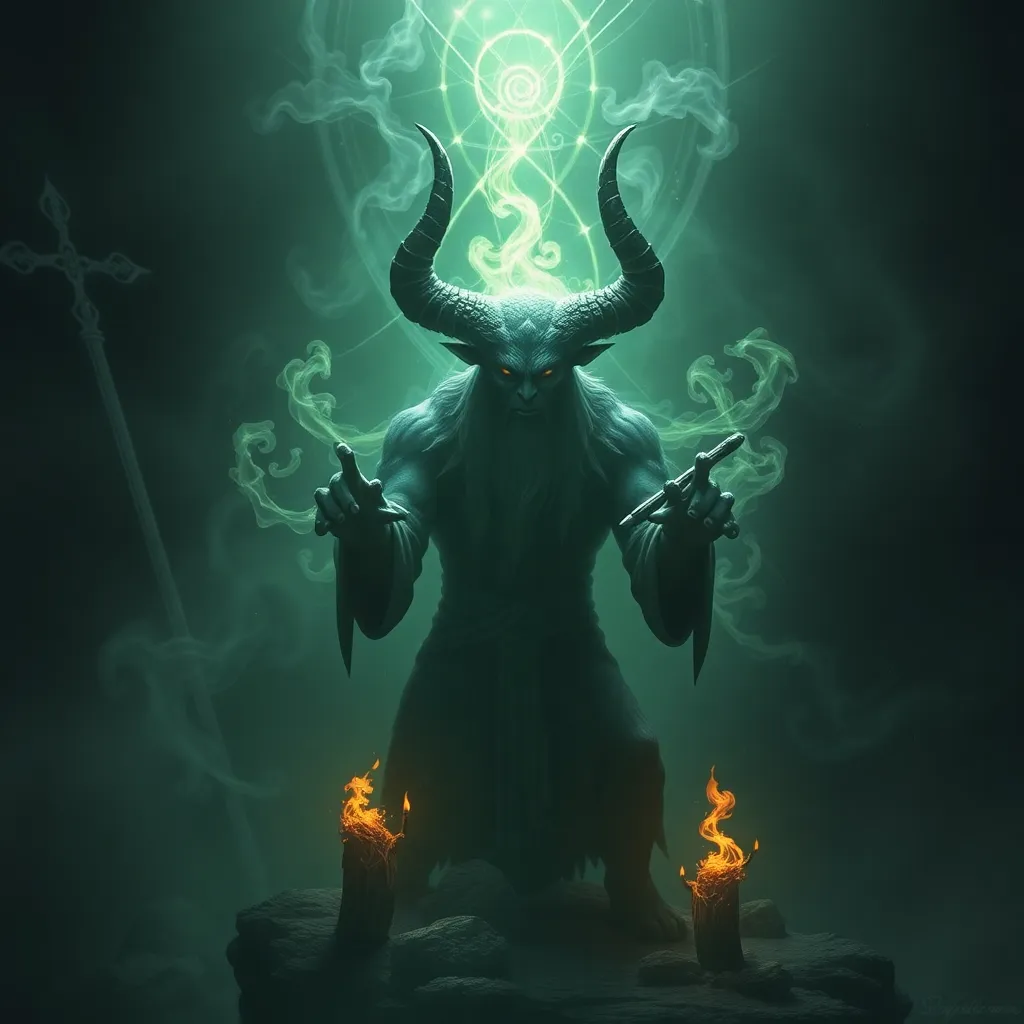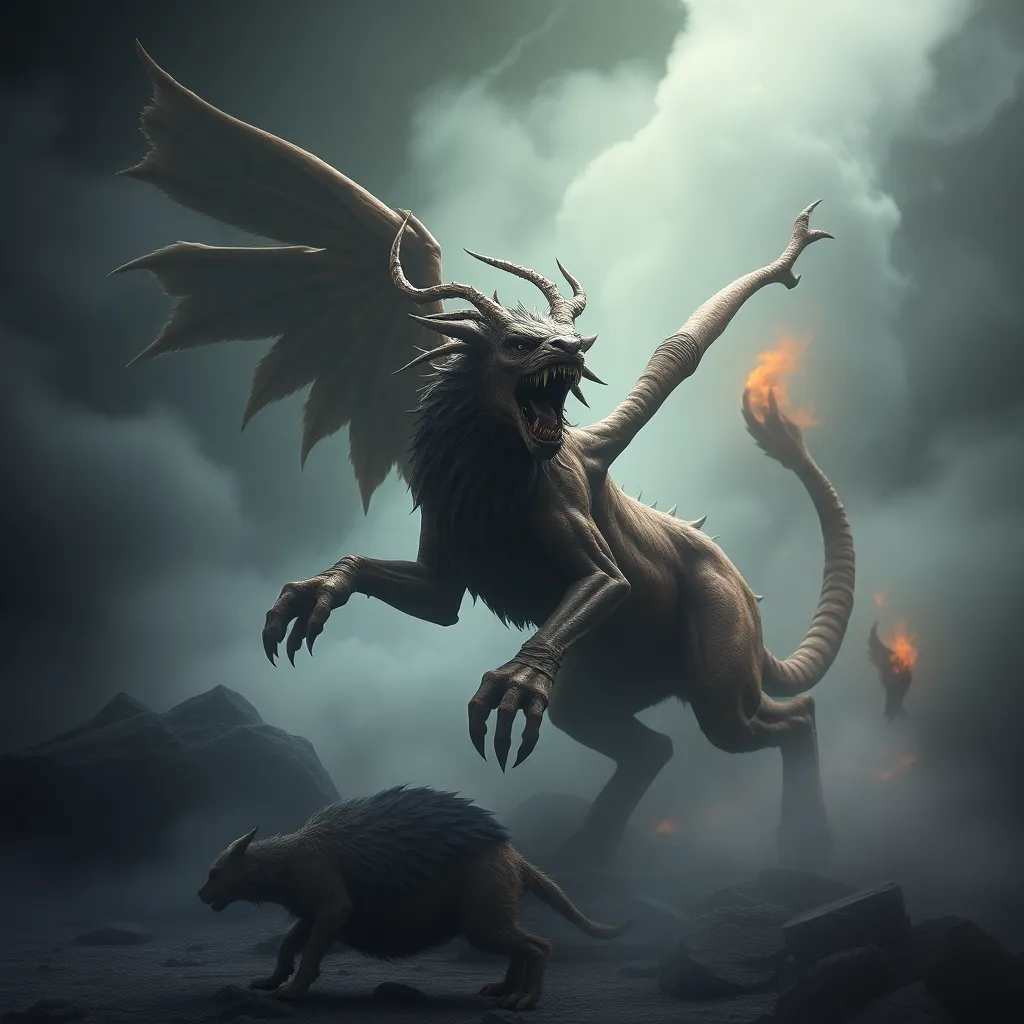Lamia’s Children: Re-examining the Tragedy and Morality of Her Offspring’s Fate
I. Introduction
A. Overview of Lamia in mythology
Lamia is a figure from Greek mythology, often depicted as a beautiful woman who was transformed into a monster. Her story is one of tragedy and loss, intertwined with themes of jealousy and vengeance. Originally a queen of Libya, Lamia was cursed by Hera, leading to her transformation and the subsequent suffering of her offspring.
B. Significance of her children in the narrative
The children of Lamia hold a critical position within her myth. They symbolize innocence and the devastating consequences of their mother’s curse. Their fates serve as a poignant reminder of the intersection between love and loss, and the brutal realities of divine punishment.
C. Purpose of the article: To explore the tragedy and moral complexities surrounding Lamia’s offspring
This article aims to delve into the tragic fate of Lamia’s children, examining the moral implications of their story within the broader context of mythology and its reflections on motherhood, vengeance, and societal expectations.
II. The Myth of Lamia: A Brief Recap
A. Origin and transformation of Lamia
Lamia was a beautiful woman who caught the eye of Zeus. However, her affair with him led to her downfall when Hera, in a fit of jealousy, cursed her. This curse transformed Lamia into a monster that could only find solace in the destruction of others.
B. The birth of her children and their symbolic meaning
Despite her monstrous form, Lamia gave birth to several children. These children symbolize both her love and her tragic fate, representing the innocence that is often lost in the face of vengeance and suffering.
C. The curse and its implications on motherhood
The curse placed upon Lamia not only transformed her but also deeply affected her motherhood. She was doomed to lose her children, which highlights the tragedy of maternal love intertwined with pain and loss.
III. The Tragic Fate of Lamia’s Children
A. Death and loss: A detailed account of their demise
Lamia’s children were tragically taken from her, often depicted as being killed by Hera or other divine forces. The loss of her children is a central element of Lamia’s story, evoking deep sympathy and sorrow.
B. The role of the gods and fate in their suffering
The gods play a pivotal role in the tragic fate of Lamia’s children. Their actions can be seen as a reflection of the harsh realities of fate and the whims of the divine, which often disregard human suffering. This raises questions about the nature of justice and punishment in mythology.
C. Emotional impact on Lamia as a mother
The emotional toll on Lamia as a mother is profound. Her grief and rage are palpable, and they manifest in her actions towards others. This duality of love and hatred complicates her character, making her a tragic figure rather than a mere villain.
IV. Themes of Morality in Lamia’s Story
A. The moral implications of vengeance and punishment
Lamia’s story raises important questions about vengeance. Her transformation and subsequent actions can be seen as a response to the injustices she faced, but they also reflect the cyclical nature of violence and retribution.
- Vengeance leads to further suffering.
- Morality is often blurred in the face of divine punishment.
B. Examining the concept of innocence and guilt in her children
The children of Lamia are presented as innocent victims of divine cruelty. Their plight challenges the notion of guilt and innocence, as they suffer for their mother’s actions and the caprices of the gods.
C. Cultural perceptions of motherhood and sacrifice
The story of Lamia also reflects cultural perceptions of motherhood. It highlights the sacrifices that mothers often make and the pain that can accompany the maternal bond. Lamia’s suffering leads to a broader commentary on the nature of love and loss.
V. Lamia’s Legacy: Influences on Literature and Art
A. Representation of Lamia and her children in ancient texts
Throughout history, Lamia has been depicted in various ancient texts, showcasing her as both a tragic figure and a monster. These representations often emphasize the duality of her character and the consequences of her curse.
B. Modern adaptations and reinterpretations
In modern literature and art, Lamia’s story continues to resonate. Various adaptations explore her character in new ways, often focusing on themes of empowerment, tragedy, and the complexity of maternal love.
C. The moral lessons drawn from Lamia’s narrative in contemporary culture
Lamia’s tale serves as a cautionary story about the repercussions of jealousy and vengeance. It offers valuable lessons about the human condition, grief, and the struggles of motherhood in a world filled with uncontrollable forces.
VI. Psychological Perspectives on Lamia and Her Offspring
A. Analysis of maternal instincts versus societal expectations
Lamia’s story brings to light the conflict between maternal instincts and societal expectations. Her actions—driven by grief and rage—challenge the norms of motherhood, showcasing the complexity of her character.
B. The psychological impact of trauma on Lamia and her children
The trauma experienced by Lamia and her children shapes their identities and fates. This psychological perspective allows for a deeper understanding of their suffering and the lasting effects of loss and grief.
C. Exploration of grief and loss in mythological contexts
Grief is a central theme in Lamia’s narrative, reflecting a universal human experience. The exploration of loss in mythology often serves to connect readers with the emotional realities of life, making Lamia’s story timeless and relatable.
VII. Comparative Analysis with Other Mythological Figures
A. Similarities between Lamia and other tragic mothers in mythology
Lamia shares similarities with other tragic figures in mythology, such as Medea and Clytemnestra, who also grapple with themes of loss, vengeance, and maternal sacrifice.
- All three figures experience profound loss.
- Their actions are often fueled by grief and betrayal.
B. The role of fate in shaping maternal narratives across cultures
Across various cultures, fate plays a critical role in shaping the narratives of mothers. The stories often reflect the struggles of women against the constraints imposed by their circumstances, with Lamia serving as a poignant example.
C. Lessons learned from Lamia’s story in contrast to other figures
Comparing Lamia to other mythological mothers reveals common themes of tragedy and resilience. Each story offers unique insights into the human experience, emphasizing the complexity of love and loss.
VIII. Conclusion
A. Recap of the tragedy and moral complexities surrounding Lamia’s children
The tale of Lamia and her children is a profound exploration of tragedy and morality. It illustrates the painful consequences of divine intervention and the complexities of maternal love.
B. The enduring relevance of their story in understanding grief and morality
Lamia’s narrative remains relevant today, as it sheds light on the nature of grief and the moral dilemmas faced by individuals in the wake of loss.
C. Final thoughts on the implications of Lamia’s tale for modern audiences
Ultimately, Lamia’s story serves as a reminder of the fragility of life and the enduring power of love, making it a timeless reflection on the human condition and the intricate dance between fate, morality, and motherhood.



